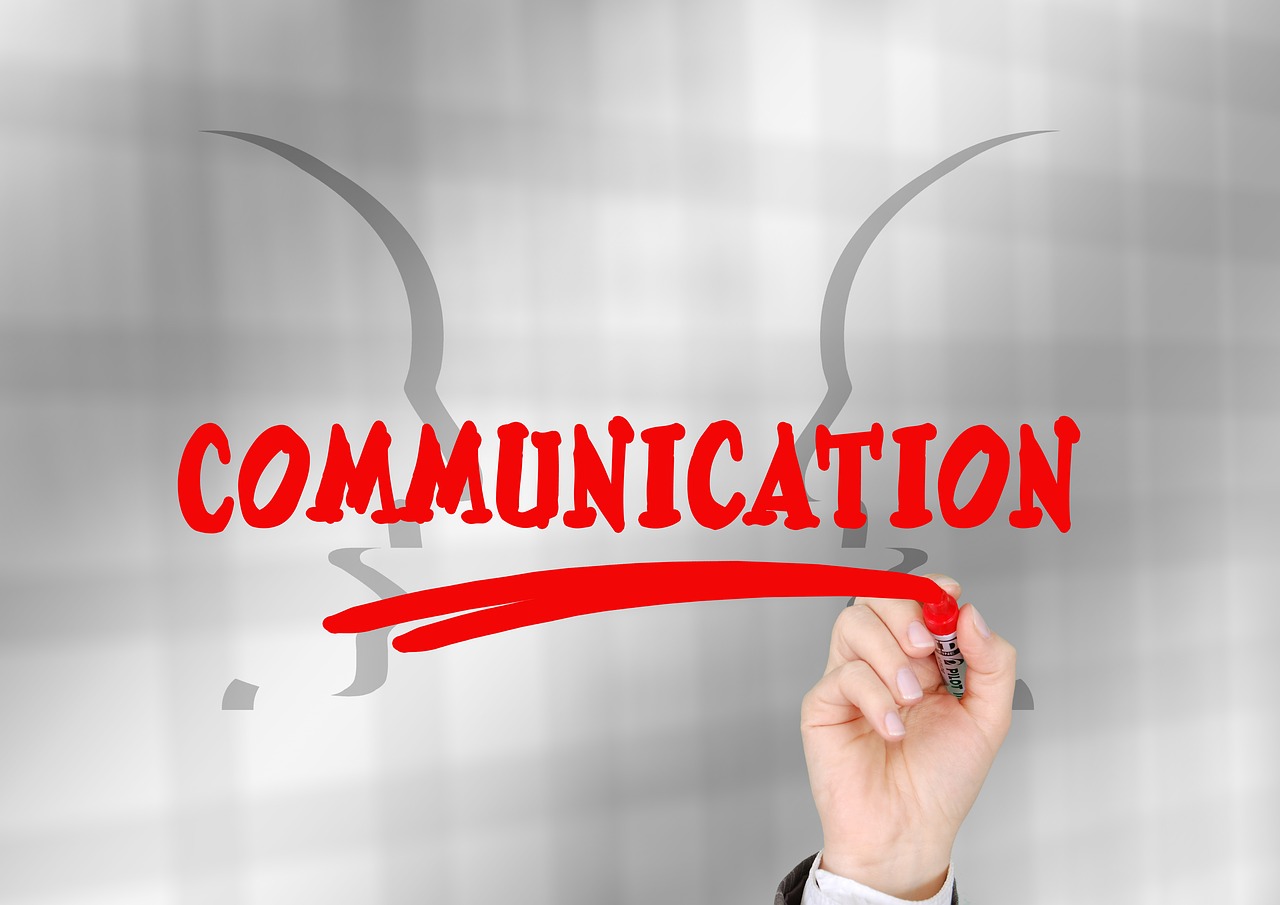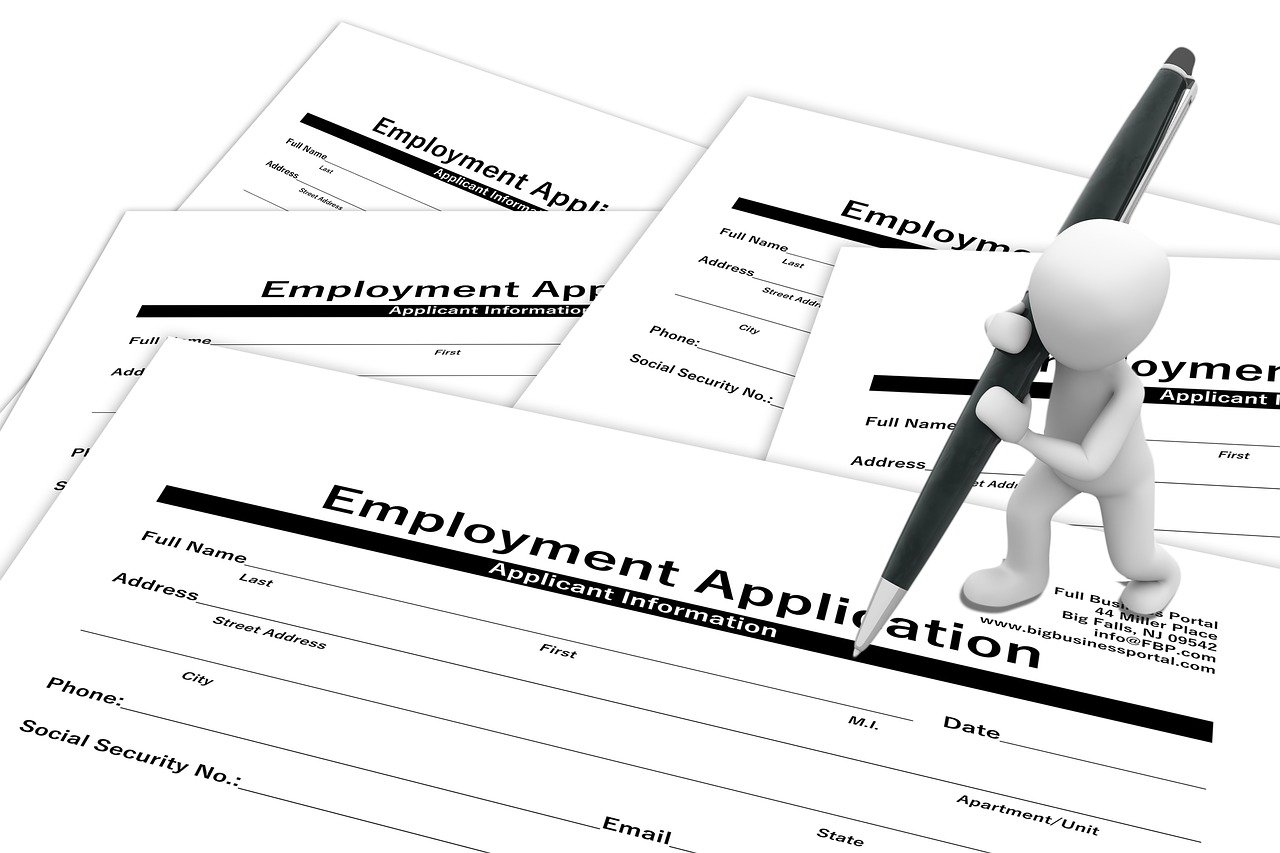新冠疫情英文对照(新冠疫情英文对照怎么说)
全球挑战与应对策略
自2019年底首次被发现以来,新型冠状病毒(COVID-19)迅速在全球范围内蔓延,对公共卫生、经济和社会生活产生了深远的影响,本文旨在通过英文对照的方式,探讨新冠疫情的全球挑战、应对策略以及其对不同国家和地区的影响,从疫情爆发初期到当前阶段的全球协作,本文将详细分析各国在应对疫情方面的举措,并探讨未来可能的趋势。
疫情爆发初期:全球反应与初期挑战
英文对照:
Initial Outbreak (Early 2020): The novel coronavirus, later named SARS-CoV-2, was first identified in Wuhan, China, in December 2019. It rapidly spread across China and, by February 2020, had become a global health emergency declared by the World Health Organization (WHO).
Global Response (Early 2020): Initially, countries implemented various measures to contain the virus, including travel restrictions, quarantine measures, and public gatherings bans. However, the early response was uneven, with some countries taking longer to impose restrictions and others struggling with resource allocation and public compliance.
中文对照:
初期爆发(2020年初): 新型冠状病毒(后命名为SARS-CoV-2)于2019年12月在中国武汉首次被确认,该病毒迅速在中国境内蔓延,并于2020年2月被世界卫生组织(WHO)宣布为全球卫生紧急事件。
全球反应(2020年初): 最初,各国采取了各种措施来控制病毒传播,包括旅行限制、检疫措施和禁止公共集会,早期反应并不均衡,一些国家推迟了实施限制措施,而其他国家在资源分配和公众遵守方面面临挑战。
全球协作与疫苗研发
英文对照:
International Cooperation (Mid-2020): Recognizing the global nature of the pandemic, countries began to collaborate through the WHO and other international organizations. This included sharing information on virus mutations, vaccine development, and treatment protocols.
Vaccine Development (Late 2020-Early 2021): By late 2020, several vaccine candidates had entered clinical trials, with the first vaccines being approved for emergency use in early 2021. This marked a significant turning point in the pandemic response.
中文对照:
国际合作(2020年中): 认识到疫情的全球性,各国开始通过世界卫生组织和其他国际组织进行合作,这包括分享关于病毒变异、疫苗研发和治疗方案的信息。

疫苗研发(2020年末至2021年初): 到2020年末,几种疫苗候选物已进入临床试验阶段,首批疫苗于2021年初获得紧急使用授权,这标志着疫情应对的一个重大转折点。
经济与社会影响
英文对照:
Economic Impact (Throughout 2020-2021): The pandemic caused significant disruptions to global supply chains, leading to increased unemployment and economic downturns in many countries. Governments implemented various economic stimulus packages to mitigate these effects.
Social Impact (Throughout 2020-Present): The pandemic also had profound social impacts, including increased mental health issues, disrupted education systems, and changes in social behaviors. Remote work and online education became the norm for many industries and schools.
中文对照:
经济影响(2020年至2021年): 疫情导致全球供应链中断,许多国家的失业和经济衰退加剧,政府实施了各种经济刺激计划以缓解这些影响。
社会影响(2020年至今): 疫情还产生了深远的社会影响,包括心理健康问题增加、教育系统中断和社会行为变化,远程工作和在线教育成为许多行业和学校的新常态。
不同国家的应对策略与成效
英文对照:
China (Early Response and Lockdown): China implemented strict lockdown measures early on, which helped to control the virus's spread but also led to economic and social disruptions. The country's robust healthcare system played a crucial role in containing the outbreak.

United States (Slow Initial Response and Vaccine Rollout): The U.S. initially had a slow response to the pandemic but later implemented a robust vaccination program. However, political divisions and public skepticism hindered the initial rollout of vaccines.
Europe (Varied Responses but Strong Collaboration): European countries varied in their responses but generally collaborated closely with the EU and WHO. This led to a relatively coordinated approach to vaccine distribution and public health measures.
India (Challenges in Healthcare and Vaccination): India faced significant challenges in healthcare infrastructure and vaccine distribution due to its large population and limited resources. The country's vaccination program has been criticized for its initial slow pace.
中文对照:
中国(早期响应和封锁): 中国早期实施了严格的封锁措施,这有助于控制病毒的传播但也导致了经济和社会中断,该国强大的医疗系统在遏制疫情方面发挥了关键作用。
美国(初期反应缓慢和疫苗接种推广): 美国对疫情的初期反应缓慢,但随后实施了强大的疫苗接种计划,政治分歧和公众怀疑阻碍了疫苗的初步推广。
欧洲(反应各异但合作紧密): 欧洲各国的反应各不相同,但总体上与欧盟和世界卫生组织进行了密切合作,这导致了在疫苗分配和公共卫生措施方面相对协调的方法。
印度(医疗和疫苗接种挑战): 印度因其庞大的人口和有限的资源而面临医疗基础设施和疫苗分配方面的巨大挑战,该国的疫苗接种计划因其初期的缓慢步伐而受到批评。
未来展望与持续挑战
英文对照:

Future Challenges (Post-Pandemic Recovery and Long-Term Effects): As countries begin to recover from the pandemic, they will face ongoing challenges related to economic recovery, mental health, and long-term effects of the virus on society. Ensuring equitable access to vaccines and addressing the underlying causes of the pandemic will be crucial for future preparedness.
Global Health Security (Post-Pandemic): Strengthening global health security through improved surveillance systems, international cooperation, and investment in research and development will be essential for preventing future pandemics. This includes addressing issues such as zoonotic diseases and global supply chains.
中文对照:
未来挑战(疫情后的复苏和长期影响): 随着各国开始从疫情中复苏,它们将面临与经济复苏、心理健康和病毒对社会长期影响相关的持续挑战,确保公平获得疫苗并解决疫情的根本原因对于未来的准备至关重要。
全球卫生安全(疫情后): 通过改进监测系统、国际合作以及对研究和开发的投资来加强全球卫生安全对于预防未来的大流行病至关重要,这包括解决人畜共患疾病和全球供应链等问题。
新冠疫情不仅是对全球公共卫生体系的考验,也是对各国应对能力、国际合作和全球治理体系的检验,通过本文的英文对照分析,我们可以看到各国在应对疫情方面的不同策略和成效,同时也认识到未来在公共卫生、经济和社会领域面临的持续挑战,加强全球合作、提高卫生系统的韧性和应对能力将是确保人类社会能够更好应对未来健康危机的关键,随着全球逐渐从疫情中恢复,我们需要从这次经历中吸取教训,以更加坚韧和协同的方式前进。





还没有评论,来说两句吧...